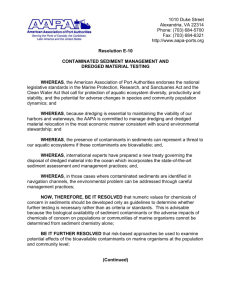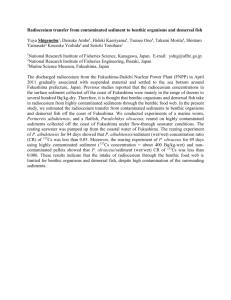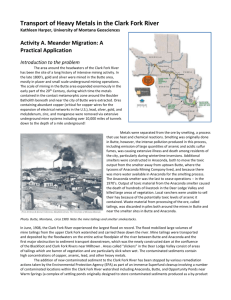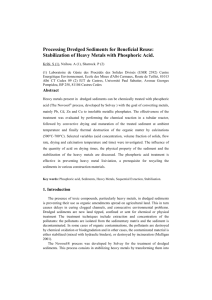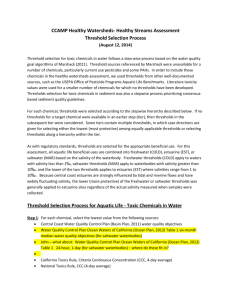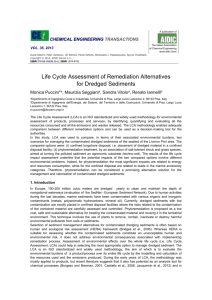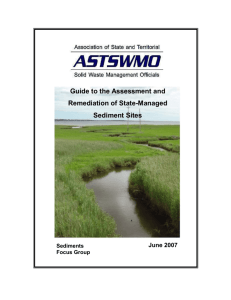Analysis of Surface Water Contamination
advertisement
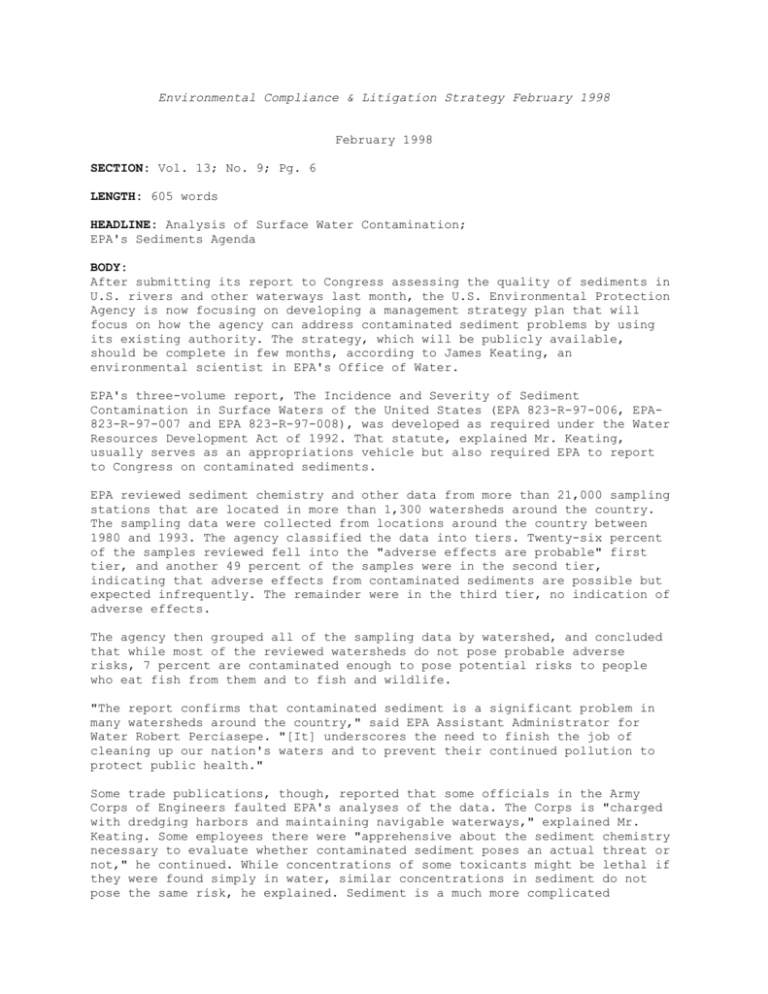
Environmental Compliance & Litigation Strategy February 1998 February 1998 SECTION: Vol. 13; No. 9; Pg. 6 LENGTH: 605 words HEADLINE: Analysis of Surface Water Contamination; EPA's Sediments Agenda BODY: After submitting its report to Congress assessing the quality of sediments in U.S. rivers and other waterways last month, the U.S. Environmental Protection Agency is now focusing on developing a management strategy plan that will focus on how the agency can address contaminated sediment problems by using its existing authority. The strategy, which will be publicly available, should be complete in few months, according to James Keating, an environmental scientist in EPA's Office of Water. EPA's three-volume report, The Incidence and Severity of Sediment Contamination in Surface Waters of the United States (EPA 823-R-97-006, EPA823-R-97-007 and EPA 823-R-97-008), was developed as required under the Water Resources Development Act of 1992. That statute, explained Mr. Keating, usually serves as an appropriations vehicle but also required EPA to report to Congress on contaminated sediments. EPA reviewed sediment chemistry and other data from more than 21,000 sampling stations that are located in more than 1,300 watersheds around the country. The sampling data were collected from locations around the country between 1980 and 1993. The agency classified the data into tiers. Twenty-six percent of the samples reviewed fell into the "adverse effects are probable" first tier, and another 49 percent of the samples were in the second tier, indicating that adverse effects from contaminated sediments are possible but expected infrequently. The remainder were in the third tier, no indication of adverse effects. The agency then grouped all of the sampling data by watershed, and concluded that while most of the reviewed watersheds do not pose probable adverse risks, 7 percent are contaminated enough to pose potential risks to people who eat fish from them and to fish and wildlife. "The report confirms that contaminated sediment is a significant problem in many watersheds around the country," said EPA Assistant Administrator for Water Robert Perciasepe. "[It] underscores the need to finish the job of cleaning up our nation's waters and to prevent their continued pollution to protect public health." Some trade publications, though, reported that some officials in the Army Corps of Engineers faulted EPA's analyses of the data. The Corps is "charged with dredging harbors and maintaining navigable waterways," explained Mr. Keating. Some employees there were "apprehensive about the sediment chemistry necessary to evaluate whether contaminated sediment poses an actual threat or not," he continued. While concentrations of some toxicants might be lethal if they were found simply in water, similar concentrations in sediment do not pose the same risk, he explained. Sediment is a much more complicated material than water, and organic lichens, for example, might bind up some toxicants found in sediments. Observing that "sediment assessment remains an evolving science," Mr. Keating said that EPA "used the best possible sediment quality guidelines to evaluate whether a material poses a risk." Carol Sanders, a spokeswoman for the Corps of Engineers, explained that the Corps' issues with EPA's report were part of the "normal give-and-take of government agencies" and that any problems had been worked out. In a separate development, Sen. Carl Levin, D-Mich., has introduced a bill, S. 1836, that would designate $ 300 million annually from the Superfund trust fund for use for cleanup of contaminated sediments and would require the agency to compile a list of 20 contaminated sediment sites that have not been redressed under any state or federal programs. -- Lori Tripoli Copyright 1998 NLP IP Company, Inc., a Subsidiary of American Lawyer Media, Inc. Environmental Compliance & Litigation Strategy
